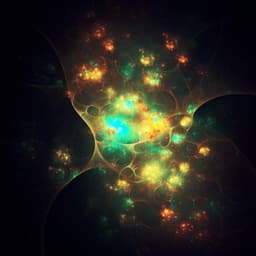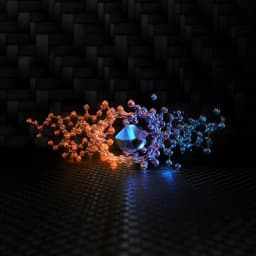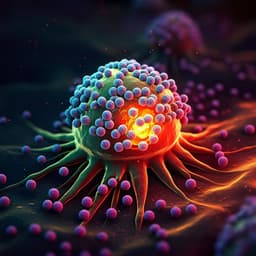
Engineering and Technology
Stepwise taming of triplet excitons via multiple confinements in intrinsic polymers for long-lived room-temperature phosphorescence
L. Gao, J. Huang, et al.
Discover the groundbreaking research by Liang Gao and colleagues, which introduces an innovative polymeric room temperature phosphorescence system, boasting remarkable phosphorescence lifetimes and quantum yields. This advancement not only enables superior crack detection through moisture sensitivity but also opens intriguing possibilities for information storage, all derived from the intricate control of triplet excitons. Uncover how a simple polymer is revolutionizing materials science!
~3 min • Beginner • English
Related Publications
Explore these studies to deepen your understanding of the subject.







